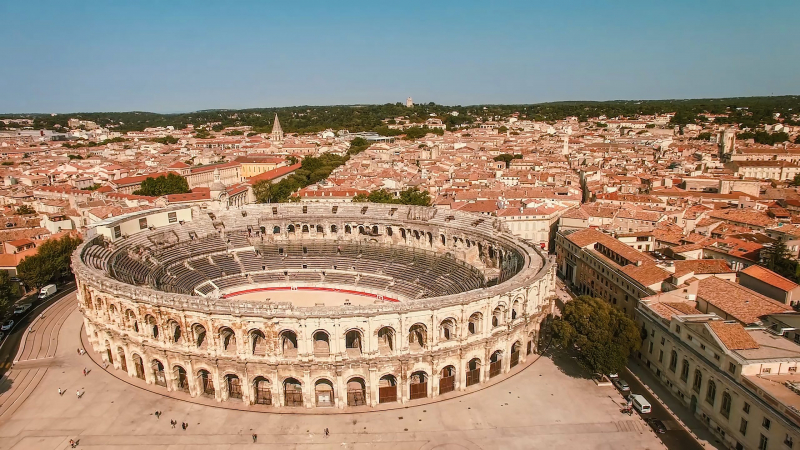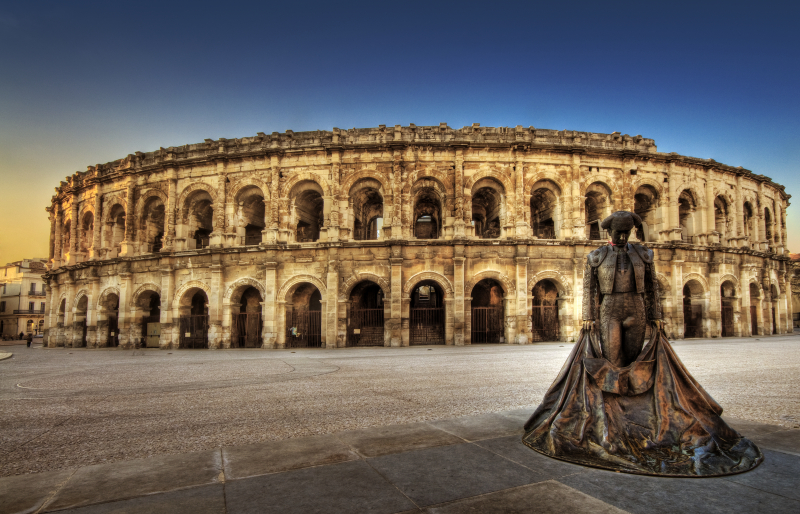Nimes
In the second century BC, the Romans subdued southern Gaul. On the site of a Gallic oppidum, they founded the colony of Nimes around 120 BC. It was initially settled by Roman immigrants, and in the second century, it reached its apex. One of the most important Roman Gallo cities in the Empire was Nimes. His illustration demonstrates how cities were the ones who initiated Romanization. Because so many structures from this era can still be seen, it also demonstrates that the Roman Empire's traces persisted over time. It continues to be a significant city in terms of politics, economy, and tourism.
Nimes is a city in the French administrative region of Occitanie. More specifically, it is situated in the Gard department between the Cévennes Mountains and the Mediterranean Sea. Due to its extensive history of ancient Rome, this city draws a lot of tourists. It served as an important foremost throughout the Roman Empire. It was then known as Nemausus and had 20,000 residents.
It is well-known for having grand monuments that are still standing. One can mention the Pont du Gard, a three-level aqueduct, as well as the Magne Tower. The Arena of Nimes is a two-story amphitheater from the year 70 that is still in use for concerts and bullfights. La Maison Carrée is a Roman temple made of white limestone that is also the best preserved in the world. The foundation of this city stretches back to antiquity, namely to the second century BC, and all of these monuments are around 2000 years old. It also goes by the moniker "French Rome," which attests to its significance during the time.
















